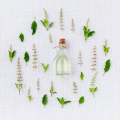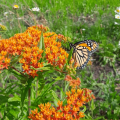A Natural Destination for Discovery
Enriching lives and inspiring an ethic of care for Wisconsin's Northwoods through the facilitation of connections among people, nature and community.
Upcoming programs
visitor center hours
- Monday
- Closed
- Tuesday
- -
- Wednesday
- -
- Thursday
- -
- Friday
- -
- Saturday
- -
- Sunday
- Closed
Our trails and outdoor spaces are open every day dawn to dusk.













